Why You Could, But Might Not Want To, Subsist on Pine Trees
April 24, 2009
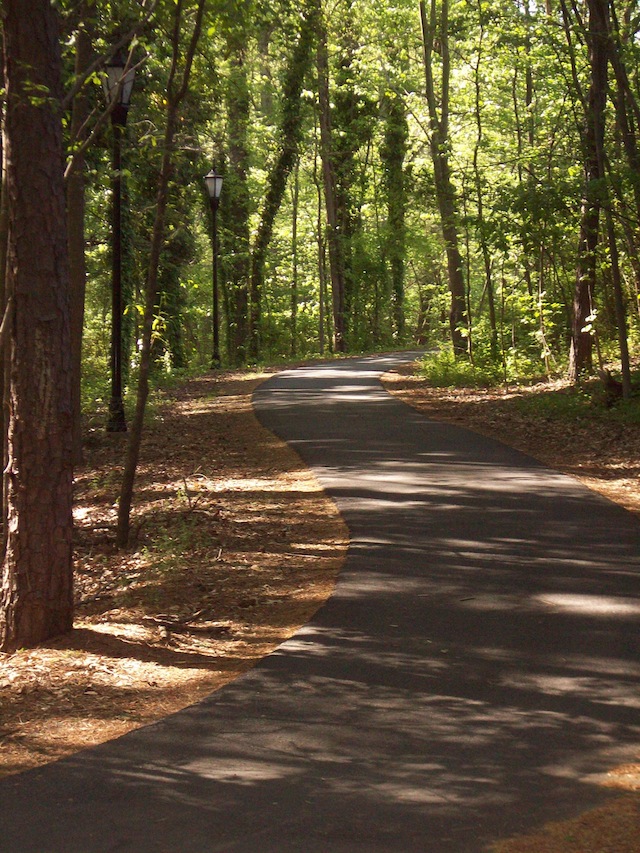
“There go the toxins,” says Mark, gleefully pouring the first batch of boiled water out of a pot of pokeweed. That’s a reassuring comment considering pokeweed is a poisonous plant whose litany of effects include severe stomach cramping, nausea, diarrhea, vomiting, slow and difficult breathing, weakness, spasms, severe convulsions, and death. Delicious.
The snack of boiled pokeweed is the culmination of a wild foods workshop, where we’ve spent the last five hours learning about the medicinal qualities of dogwood leaves, English plantain, and mullein, among others. Although I have been momentarily tempted to wander through the woods eating leaves and cutting bark from every tree I passed, the lessons, peppered with casual references to plants that will make you convulse for hours if you happen to nibble, makes me think twice. “Oh yeah, you might not want to eat that.”
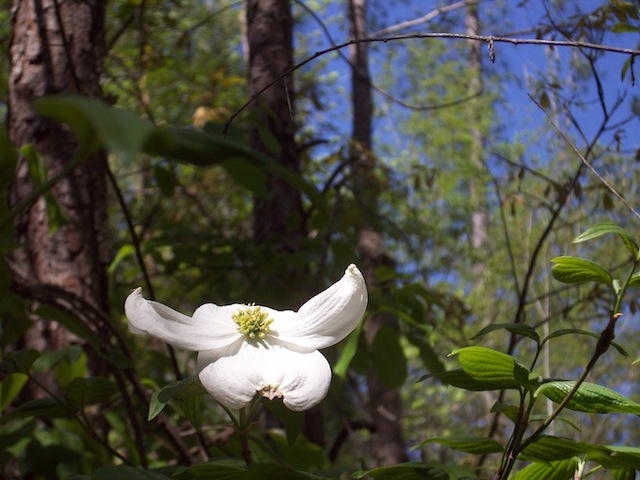
The high incidence of edible plants having a poisonous look-alike make foraging something you should only do if you’re absolutely certain about the plant you’re about to eat. Mark, our instructor, tells us one story of a woman leading an edible foods workshop who accidentally fed her class a plant that burns human tissue instead of a very similar looking plant that tastes a little like cabbage. Of course, that reassured us for having signed up for the class.
The plant world is an absolutely fascinating and relatively untapped realm – untapped, at least, by American society. Mark showed us countless plants, such as jewel weed, a natural cortisone producer, which are far more potent than their man-made, pill counterparts. Dogwood leaves, for example, will cure a migraine in an hour. A tea made from the leaves of English plantain lowers blood pressure. Mullein, boiled in water and inhaled, relieves allergies. I could go on.
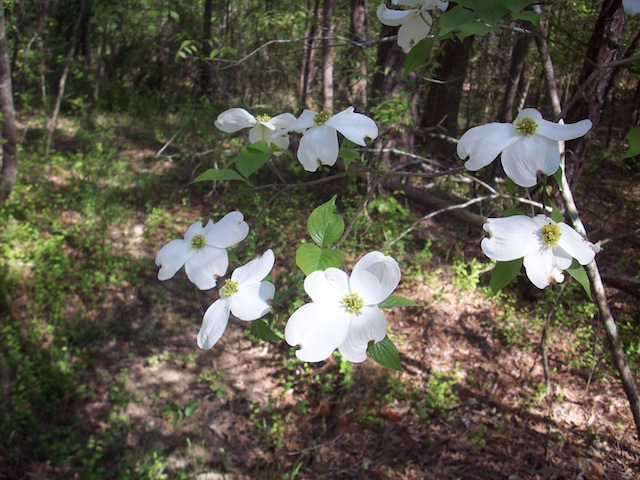
Mark brings in the trunk of a youngish pine tree, “sacrificed” (I believe he used the phrase, “and then I talked to the tree” when describing the ritual) for yesterday’s class and now being used for ours. He scrapes off the outer bark with a knife to reveal a smoother, light brown bark that sounds spongy when he taps on it. This is the inner bark. Apparently, it’s edible. Once he’s cut off enough outer bark to expose a strip of inner bark the size of his pinky, he makes four deep incisions to form a rectangle. And then he peels it off just like a sticker. Underneath is the wood, creamy beige.
He moves aside as we grab our knives and start working on our own pinky-sized patch of bark. The excessive knife waving makes me a little nervous, but I’m not going to miss the chance to try a piece of pine bark. Mark tells us about his knife injuries as we work.
Although Mark had warned us about the turpentine taste of pine bark, I wasn’t expecting my arms to explode into goose bumps with the first chew. Turpentiney doesn’t even begin to describe the intense taste, which I find can be simulated by eating a Pine-Sol coated two-by-four. After fifteen minutes of chewing, however, the pine bark takes on the texture of a too-tough piece of meat that has lost all flavor. And that’s kind of pleasant, especially when you factor in the novelty of eating a tree.
The inner bark is packed with nutrients, including proteins, fats, carbohydrates, phosphorous, iron, riboflavin, thymine, niacin, and Vitamins A and C. Mark mentions methods for making pine bark pasta, bacon, and flour, all of which seem like more palatable methods to get the health benefits. We proceed to try pine pollen, pine shoots, and pine needles, all in an increasing progression of unpalatability. Which is really a shame, since it seemed like such a good idea. Luckily for us, we pass a sweet briar bush on our walk through the woods, and wash that piney taste out with the tender, pea-like taste of the shoots.
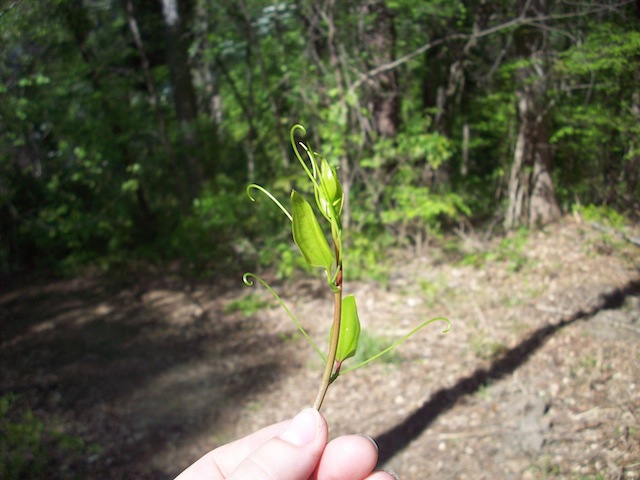
Mark points out a number of other plants, such as heal-all, Queen Anne’s lace, and sweet gum, and how to prepare them as medicines or food, but leads us finally to a clump of weeds growing in between a cemetery and a parking lot. This is the pokeweed. One professor who’s along for the trip tells us how his mother used to fry up pokeweed and eggs for breakfast. He tells us this right after Mark tells us how poisonous pokeweed is, and what I want to know is how people figure this stuff out. “So I cooked the whole plant, and Larry died, but then I had those top couple leaves and man, was it good.” Poor Larry.
Mark tells us that we’ll be gathering the pokeweed for our snack, which means that I’m going to have to trust the ten other people in my workshop to not pick any of the poison-laced, low leaves. For a minute I consider not gathering any myself and just monitoring everyone else’s pickings, but then I realize that they, too, are trusting me with their lives. There’s something touching about this ragged group of students, professors, and townies running around a little, weedy patch, picking poisonous plants to feed to each other. I don’t remember the last time I picked the food I was about to eat myself, much less the last time I picked food for someone else.

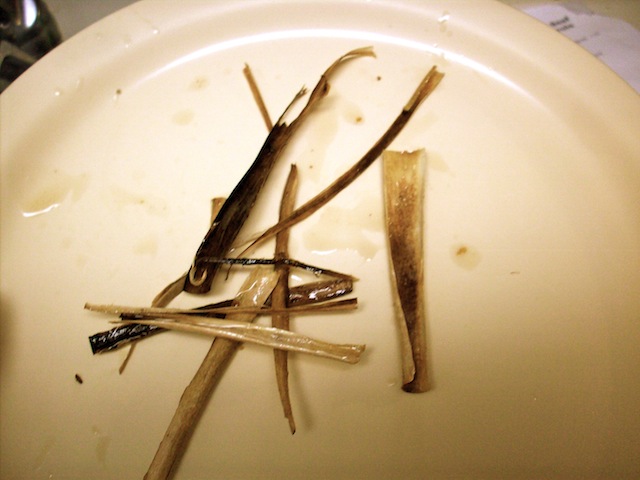
I hope some of us have taken at least a few of these lessons to heart, or at least realized that supermarkets or drugstores don’t have to be the only places we shop. We can, and should, supplement our lives with nature’s offerings. It was making cortisone long before we were, after all.
I, at least, gained a little more respect for the natural world. Which is not to say that I’m going to leave my life and root around the woods. But pine bark pasta? That’s something I want to try.
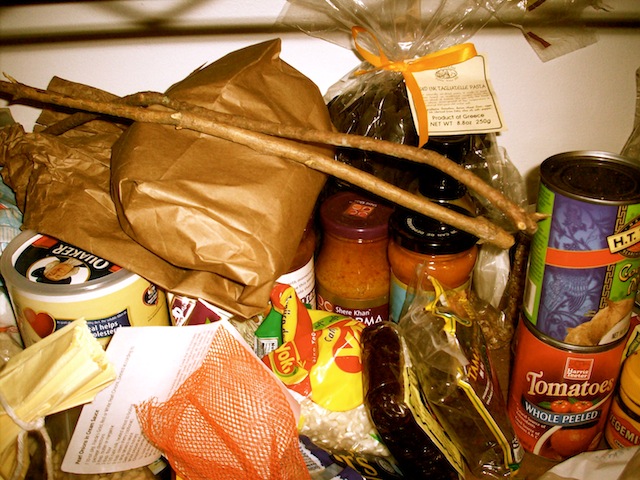
To make pine bark bacon: Make sure you’re actually about to eat a pine tree and not something similar. Peel off the tough outer bark to expose the inner bark. Cut an incision into the inner bark and peel it off in strips. Fry strips in bacon grease and plenty of salt.
YOUR SITE AND INFO HAS THE MAKINGS OF SOMETHING… I BELIEVE WOULD MAKE A GOOD NEW CLASS FOR GRAMMER/JR. HIGH SCHOOLS. MY FATHER CAME BACK FROM WWII AND WOULD SAY `IF YOU’RE HUNGREY ENOUGH YOU WILL EAT THE BARK OF A TREE’. KIDDING I THOUGHT TILL NOW! THANKS FOR YOUR WORK.
SINCERELY,
BOBBY D
Not yelling just can’t see well.